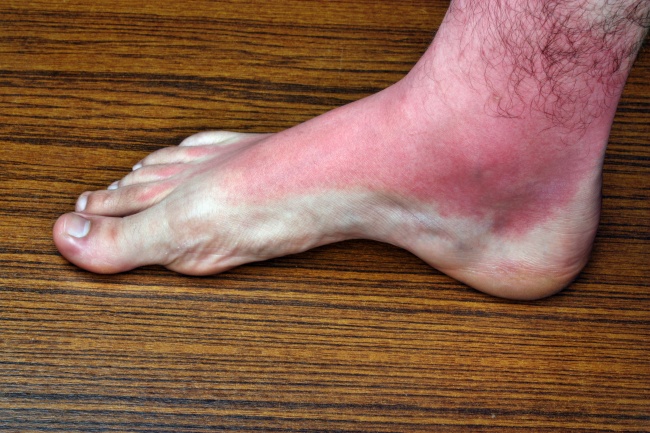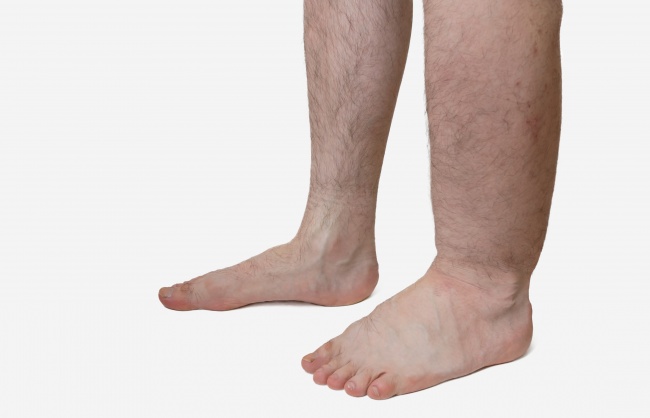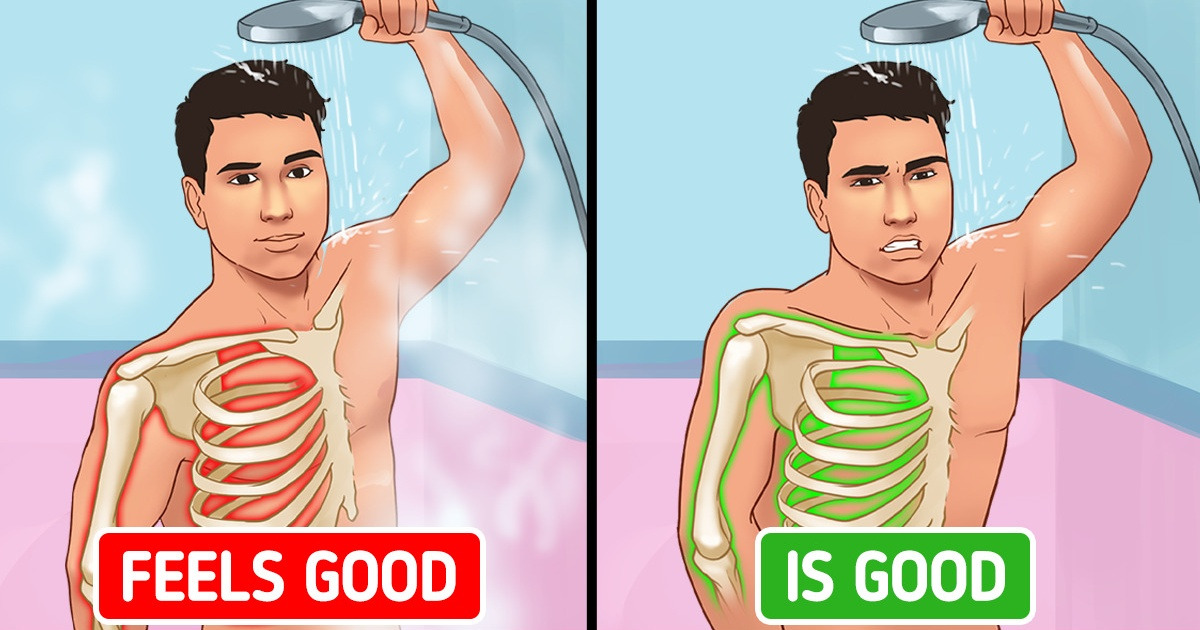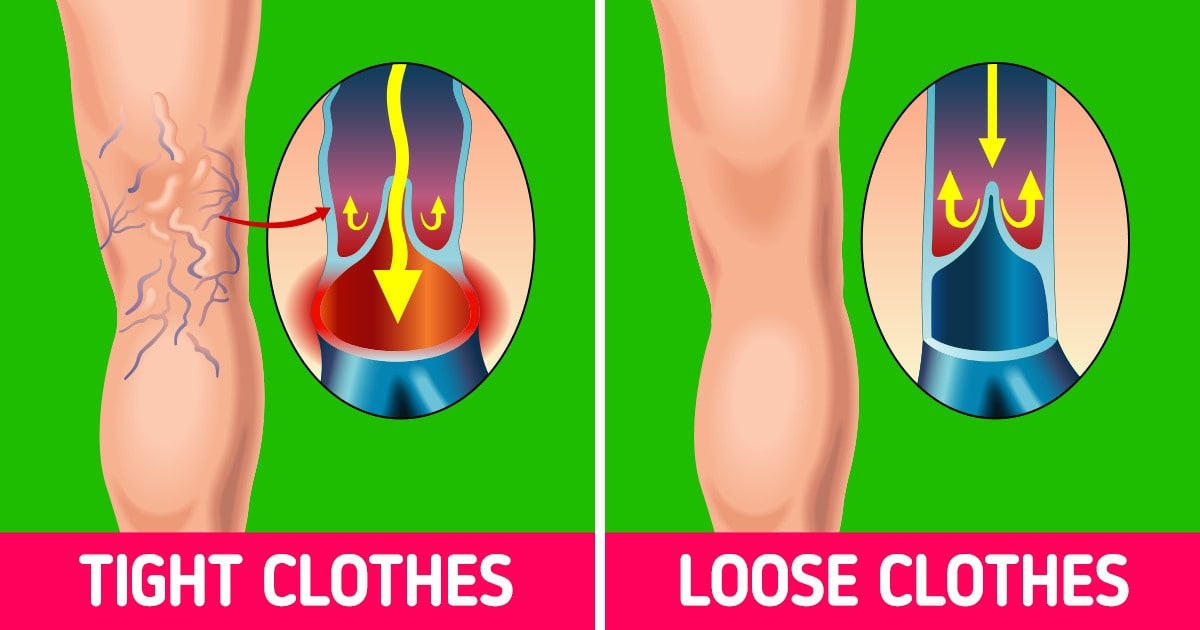Blood clots are groups of blood that have changed from a liquid to a gel state. They generally do not harm your health, as they protect your body from bleeding when cut. However, when blood clots appear in the deep veins, they can be extremely dangerous.
The dangerous type of clot is called deep vein thrombosis (DVT) and can cause “traffic jams” in the bloodstream. There can also be very serious consequences if a blood clot breaks off from the site of appearance and reaches the lungs or heart.
We’ve put together the most important signs to watch out for to recognize DVT symptoms as soon as possible.
Symptoms Of Blood Clot
10. A Racing Heart
If you have a blood clot in your lung, you may feel a flutter in your chest. In that case, tachycardia can be caused by a low level of oxygen in the lungs.
Consequently, your heart tries to make up for the shortage and begins to race faster and faster.
9. Shortness Of Breath

If you suddenly find it difficult to breathe deeply, it may be a symptom of a blood clot in the lung, called a pulmonary embolism.
8. Cough For No Reason

If you sometimes experience unexpected attacks of dry cough, shortness of breath, increased heart rate, and chest pain, it may be an EP. You might also cough up mucus and even blood.
7. Chest Pain
If you feel chest pain when you breathe deeply, it may be one of the symptoms of a pulmonary embolism. The chest pain is usually sharp and stabbing, and you can easily think you are having a heart attack.
The main difference between them is that PE always gets worse with breathing. In either case, you should call 911 right away, as the consequences can be fatal.
6. Red Or Dark Discoloration On One Leg

Red or dark spots of skin that appear for no reason can be a symptom of a blood clot in the leg. You can also feel tenderness and warmth in that area and even pain while stretching your toes upward.
5. Pain In The Arm Or Leg
Although it is generally necessary to have several symptoms to diagnose DVT, the only sign of this serious disease that you may have is pain.
Pain from a blood clot can easily be mistaken for muscle cramping, but this type of pain occurs more often when you walk or flex your feet up.
4. Swelling In A Limb

If you suddenly noticed that one of your ankles has become bloated, it could be a DVT warning sign. This condition is considered an emergency case since a clot can be released at any time and reach one of its organs.
3. Red Streaks On The Skin

Did you notice red streaks suddenly appearing along your veins? Do you feel hot when you touch them? This may not be a normal bruise and needs immediate medical attention.
2. Vomiting
Vomiting can be a sign of a blood clot in the abdomen. This condition is called mesenteric ischemia and is generally associated with severe pain in the abdominal area.
If your intestine doesn’t get enough blood supply, you may also experience nausea and even blood in your stool.
1. Partial Or Complete Blindness In The Eye
Painless loss of vision in one eye is usually a sign of central retinal artery occlusion. This is considered a serious medical emergency, especially if you have additional symptoms like vertigo and trouble keeping your balance.
If you notice one of these signs, visit a doctor as soon as possible. Remember that a blood clot can be fatal if you don’t treat it properly and immediately.









